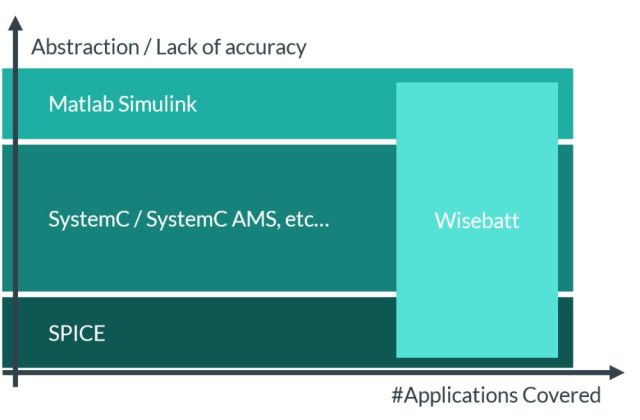How to accurately simulate power consumption and battery life
Battery life and low power consumption are ongoing concerns of modern battery-powered electronics. Estimating them at the beginning of a design process can be quite challenging. Indeed, battery life and power consumption depend on almost all of the device characteristics: its hardware, battery, firmware, use case, and its environment. If each of these system aspects can be evaluated on their own more or less accurately, considering them in the same design space is a complex task.
One can argue that it’s not that important as long as they can be evaluated separately.
It’s a wrong and dangerous assumption.
All of these aspects are interdependent. The conventional approaches consist on:
-
building analytical models using spreadsheets and datasheets and/or
-
developing a partial prototype to test and evaluate most of these aspects.
Both approaches have their shortcomings. The analytical approach doesn’t account for the dynamic behavior of the device. That leads to misleading results and an under-performing device (if performing at all). The partial prototyping approach is incomplete; it implies time to manufacture/develop the prototype and a lot of work for engineers to measure and produce results that can also be misleading (i.e. because it’s partial and not complete).
Not mentioning the case of several years long battery life devices where measurement is nearly impossible.
In this article, I will present how we solved this estimation issue and created a simulation tool and a model library that is helping hundreds of engineers to explore several possible architectures and better design their device.
The models

Figure 1: modeling abstraction
The first object to model is the hardware (i.e., the electronic components that are assembled and embedded in a device). There are several modeling languages and frameworks that allow modeling electronic components (cf. Fig 1.). Each of them has its own characteristics and limitations. At Wisebatt we chose to model components based on their internal behavior. The power consumption is modeled at a very low level (i.e., close to Spice models) and all the functions of the component are modeled at a very high level. The input parameters of a component are defined using its datasheet. We considered each of their power modes and associated consumption as well as each of their internal state machines. This approach can be used for analog, digital and mixed signals components.
The second object to consider is the battery. Whether it is primary (non-rechargeable) or secondary (rechargeable) it is a complex chemical power source with characteristics that varies according to several parameters. The most important facts in our context are that 1) their nominal capacity isn’t fully accessible and 2) their supply voltage isn’t steady nor linear [1-3]. There are several ways of modeling a battery. We chose to model them by using a hybrid approach that considers internal resistance variation, supply voltage drops and realistic non-linear capacity decrease all along with the discharge. By doing so, we can simulate the moment when the battery supply voltage is going beyond the device’s cutoff voltage: this is precisely what is necessary to have an accurate battery life estimation.




